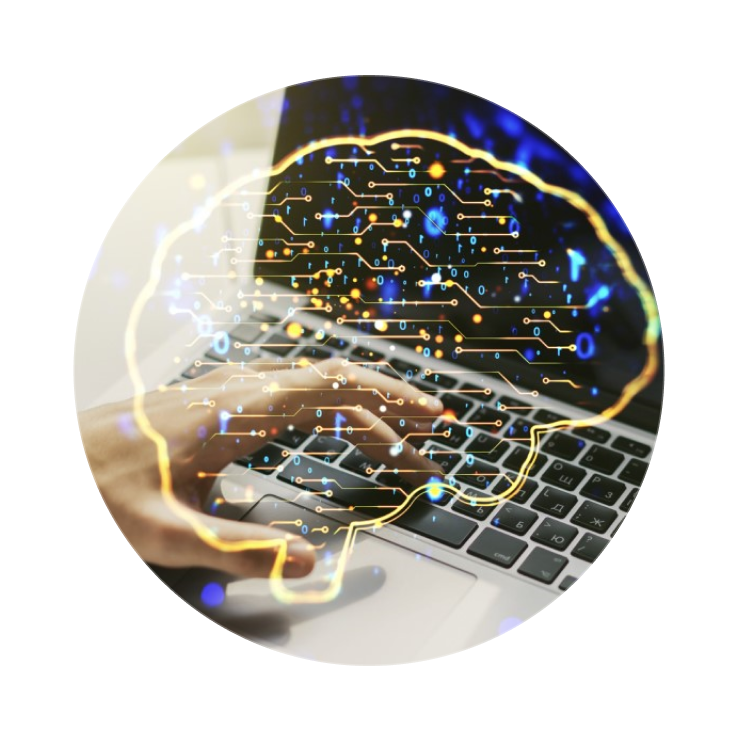Machine learning (ML) is one of the most fascinating and in-demand skills in the tech world today. If you’ve ever been curious about how long it takes to learn machine learning, you’re not alone. Many beginners ask, “Is it something I can pick up in a few months, or does it take years to master?”
The truth is, the time it takes depends on your background, commitment, and goals. Let’s break down what really influences the learning timeline.
1. Your Starting Point Matters
-
Complete Beginners: If you have little to no programming or math knowledge, expect the learning curve to be steeper. It might take 1–2 years to become comfortable with machine learning.
-
Intermediate Learners: If you already know Python and some statistics, you can build ML skills in 6–12 months.
-
Experienced Developers: Those with strong programming, math, and data experience may start building projects in just 3–6 months.
2. The Core Skills You Need to Learn
Machine learning isn’t just about algorithms—it combines several disciplines:
-
Programming (Python, R, or Julia) – Essential for building and testing models.
-
Mathematics – Linear algebra, statistics, and calculus form the backbone of ML.
-
Data Handling – Cleaning and preparing data for analysis.
-
Machine Learning Algorithms – Regression, classification, clustering, and deep learning.
-
Tools & Frameworks – Scikit-learn, TensorFlow, PyTorch, Keras, etc.
Learning each of these takes time, and mastering them all could stretch over several months to years.
3. Time Commitment & Practice
Your dedication largely decides how fast you learn:
-
Casual Learners (5–7 hrs/week): About 1–2 years to build strong foundations.
-
Serious Learners (15–20 hrs/week): Around 6–12 months to become job-ready.
-
Intensive Learners (full-time bootcamps): As little as 3–6 months if you stay consistent and hands-on.
4. Projects Make the Difference
No matter how many tutorials you watch, real learning happens when you build projects. For example:
-
Predicting house prices with regression.
-
Building a spam email classifier.
-
Creating an image recognition model.
-
Developing a chatbot.
Hands-on projects speed up your learning and prepare you for real-world applications.
5. Lifelong Learning in Machine Learning
Even after you’ve “learned” machine learning, the journey doesn’t end. The field is evolving rapidly with new algorithms, tools, and techniques emerging all the time. Machine learning is less about reaching a finish line and more about continuous improvement.
Final Thoughts
So, how long does it take to learn machine learning? The answer varies: anywhere from a few months to a couple of years, depending on your background and commitment. The key is consistency, practice, and building real-world projects.

